Concrete slabs require careful crack repair due to various causes like settlement, moisture, thermal expansion, and tree roots. Visual inspection identifies crack types (hairline, diagonal, vertical, horizontal) guiding repair techniques. Epoxy or polyurethane fillers are chosen based on crack size and severity, requiring meticulous cleaning, drainage, and application. Proper crack repair prevents water damage, extends slab lifespan, and ensures structural integrity. Regular maintenance, including inspections and sealing, is vital for concrete slab longevity, avoiding costly repairs. Choosing experienced professionals with advanced techniques and high-quality materials ensures effective crack repair and restored aesthetics.
Concrete slab restoration is an essential process for maintaining structural integrity and aesthetic appeal. This comprehensive guide delves into the intricacies of repairing concrete slabs, addressing common issues like cracks caused by settling, shifting, or age-related deterioration. From understanding damage mechanisms to choosing the right materials and techniques for crack repair, this article offers a step-by-step approach to successful concrete slab restoration. Learn best practices, avoid costly mistakes, and budget effectively for a durable, long-lasting solution.
Understanding Concrete Slab Damage: Common Causes of Cracks
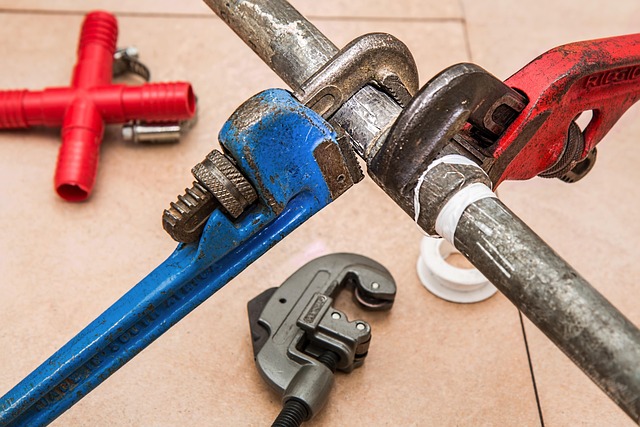
Concrete slabs, despite their durability, are susceptible to damage over time due to various environmental factors and structural stressors. Understanding the common causes of cracks is essential for effective crack repair and maintaining the integrity of your concrete surfaces. One of the primary reasons for slab cracks is crack repair that wasn’t done properly during initial construction or due to lack of maintenance. These cracks can range from small, hairline fractures to larger, structural breaks.
Other factors contributing to concrete slab damage include settlement and shifting of the substrate, excessive moisture content leading to frost heave, rapid temperature changes causing thermal expansion, heavy loads or traffic exceeding the slab’s capacity, and even tree roots pushing against the concrete. Identifying the specific cause is crucial in determining the best course of action for crack repair and preventing further damage.
Assessing the Extent of Crack Repair Needed
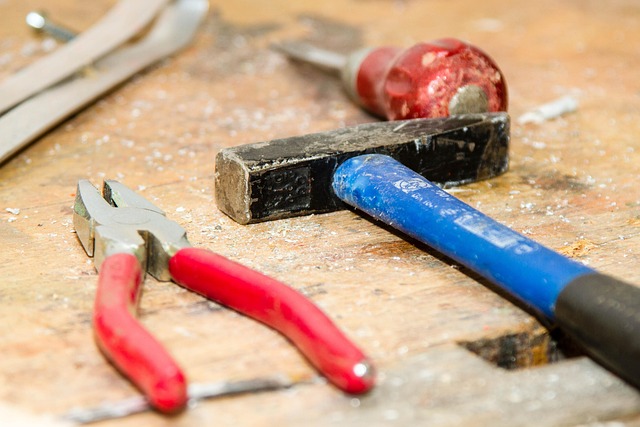
When it comes to concrete slab restoration, assessing the extent of crack repair needed is a critical step. Start by visually inspecting the slab to identify the type and severity of cracks. Common types include hairline cracks, diagonal cracks, vertical cracks, and large, horizontal cracks. Each type may require different approaches for repair.
Use tools like a level and measuring tape to determine the length and width of cracks, as well as any signs of ongoing movement or shifting in the slab. This information is crucial for selecting the appropriate crack repair method—whether it’s filling small hairline cracks with epoxy, applying specialized coatings for diagonal or vertical cracks, or designing structural support solutions for larger, more severe cases.
Materials and Techniques for Effective Crack Filling
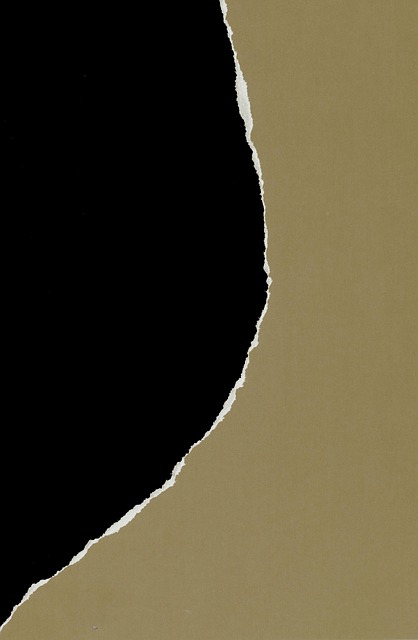
When it comes to concrete slab restoration, crack repair is a critical step in ensuring structural integrity and aesthetic appeal. The materials and techniques employed for filling cracks play a pivotal role in achieving long-lasting results. Effective crack repair begins with selecting the right filler material, such as epoxy or polyurethane, which are known for their high strength and flexibility. These materials can effectively fill and seal cracks, preventing further damage caused by water infiltration and freeze-thaw cycles.
The process involves thoroughly cleaning the crack to remove any loose debris, ensuring proper drainage, and applying the chosen filler. For larger cracks, a two-part system might be used, where a resin and hardener are mixed before being injected into the crack. This chemical reaction hardens over time, creating a strong bond that supports the concrete. Properly filled cracks not only stabilize the structure but also enhance its lifespan, contributing to the overall restoration success.
Step-by-Step Guide to Conducting Concrete Slab Restoration
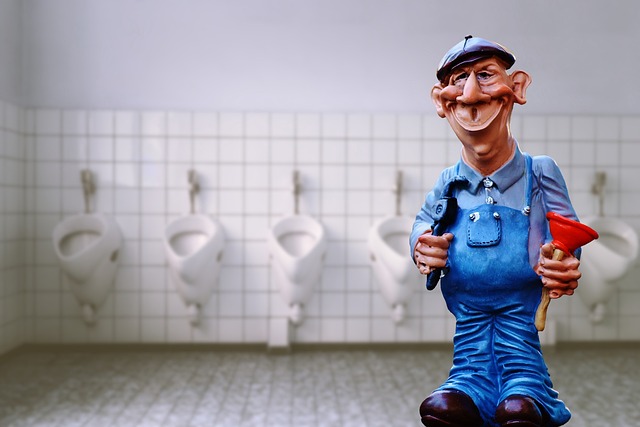
Concrete Slab Restoration is a process that involves several key steps, particularly when addressing cracks in your concrete surface. Here’s a detailed guide on how to approach this task effectively.
1. Assessment: Begin by thoroughly inspecting the slab to identify the extent and type of cracking. Small hairline cracks might only require filling, while larger cracks may necessitate structural repairs. Note any signs of settlement or uneven surfaces.
2. Preparation: Before starting any repair work, ensure the area is clean and free from debris. Use a wire brush or pressure washer to remove loose concrete and dirt, creating a rough texture that promotes better adhesion for the repair material. Protect yourself with appropriate safety gear, including gloves and eye protection.
3. Crack Cleaning: Clean the cracked area using a concrete cleaner or a mixture of water and mild detergent. This step helps to eliminate any oil, grease, or surface contaminants that could hinder the bonding of the repair compound. Rinse thoroughly and allow the slab to dry completely.
4. Crack Filling: Choose an appropriate crack-filling compound suitable for concrete. Apply the compound using a putty knife, filling the cracks completely. For wider gaps, use a foam or resin-based product for better structural support. Smooth the surface after filling to achieve a level finish.
5. Curing and Sealing: After the fill has set according to the manufacturer’s instructions, seal the repaired area with a concrete sealer. This step protects against moisture penetration, which can weaken repairs, and provides a durable, glossy finish.
Best Practices for Ensuring Long-Lasting Results

When restoring a concrete slab, adhering to best practices is essential for achieving long-lasting results. The first step in this process is thorough inspection and evaluation. Look for signs of damage, cracks, or any structural weaknesses. Early detection of issues allows for more effective and preventive measures, ensuring the longevity of the slab.
For crack repair, it’s crucial to use high-quality materials and techniques recommended by industry experts. Filling and sealing cracks promptly prevents further deterioration and water infiltration. Regular maintenance and inspection schedules should be implemented to catch potential problems before they turn into major repairs. This proactive approach significantly contributes to the overall durability and aesthetic appeal of concrete slabs in various settings, from industrial floors to residential driveways.
Common Mistakes to Avoid During Concrete Restoration Projects
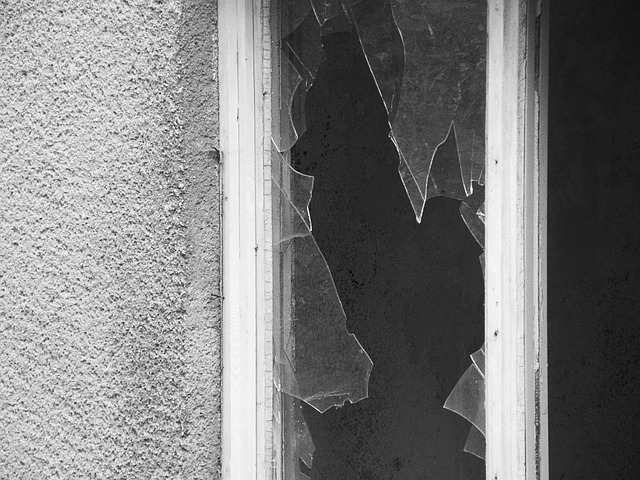
Concrete restoration projects can be complex, and navigating them incorrectly can lead to costly mistakes. One common blunder is attempting DIY crack repair without proper understanding or equipment. Cracks in concrete slabs might seem small, but they can indicate deeper structural issues that require professional attention. Using the wrong materials or techniques for crack repair can compromise the slab’s integrity and even accelerate future damage.
Another mistake to avoid is neglecting surface preparation. Concrete restoration begins with cleaning and preparing the existing surface. Failing to properly remove contaminants, loose debris, or old sealers can result in poor adhesion of new repairs and coatings. Always use appropriate tools and methods for surface prep to ensure a durable and aesthetically pleasing finish after crack repair and restoration.
Cost Considerations: Budgeting for Slab Restoration
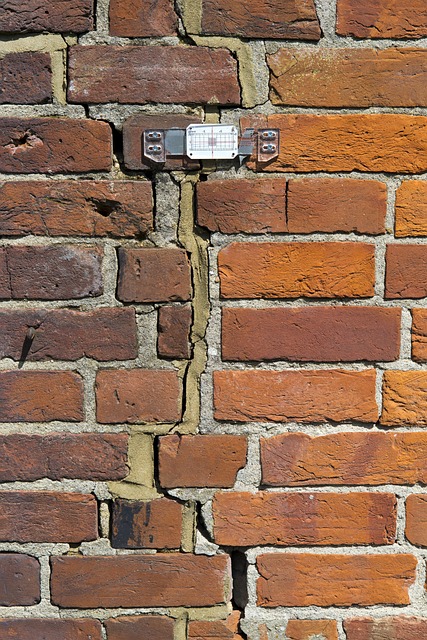
Concrete slab restoration, particularly focusing on crack repair, involves a range of costs that homeowners or property managers should consider. The expenses can vary widely depending on several factors, including the extent of damage, size of the area to be restored, and whether there are underlying issues like structural problems or moisture intrusion. Before beginning any project, it’s crucial to set a realistic budget.
One of the primary cost drivers is the method of crack repair chosen—whether it’s filling small cracks with epoxy, using more extensive patching techniques, or even complete slab replacement for severe cases. Additionally, labor costs can significantly impact the final price tag, as professional restoration services may charge different rates based on their expertise and location. Proper budgeting also accounts for necessary materials like specialty coatings, sealers, or new concrete mixes tailored to enhance the slab’s longevity.
Choosing the Right Professionals for Your Concrete Repair Needs
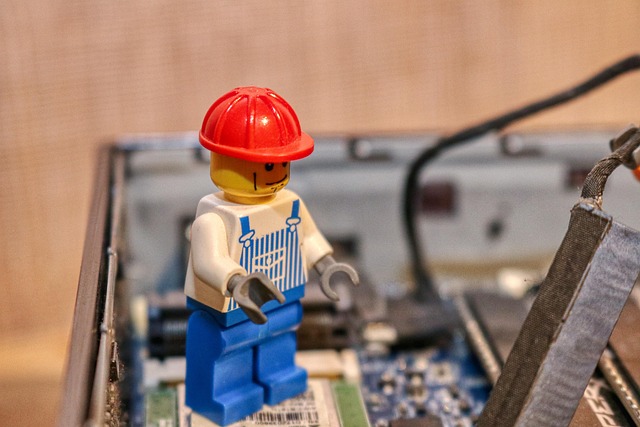
When it comes to concrete slab restoration, particularly for crack repair, selecting the right professionals is paramount. It’s not just about finding a contractor; it’s about finding experts who understand the intricate nature of concrete and its various issues. Look for companies with experience in assessing and addressing cracks, as these can be indicative of larger structural problems.
The best professionals will employ advanced techniques and products tailored to crack repair, ensuring longevity and stability for your concrete slabs. They should offer free estimates, use high-quality materials, and guarantee their work. Verify their credentials, licenses, and insurance to ensure you’re hiring a reputable team capable of delivering top-notch services.
Preventive Measures: Maintaining a Strong and Durable Concrete Slab

Maintaining a concrete slab in optimal condition is key to preventing future damage and costly repairs, with crack repair being a common issue. Regular inspection is the first line of defense; identifying potential problems early on can save significant costs. Look for signs of cracks, dips, or uneven surfaces, as these could indicate structural issues. Repairs should be carried out promptly, focusing on both the visible cracks and their underlying causes. Filling and sealing cracks not only improves aesthetics but also prevents water penetration, which can lead to further damage.
Additionally, proper maintenance involves keeping the surface clean and free from debris to ensure even wear. Sealing the concrete slab after initial installation creates a protective barrier against moisture, chemicals, and UV rays, all of which can weaken the material over time. These preventive measures contribute to extending the lifespan of your concrete slab, ensuring it remains strong and durable for years to come.
